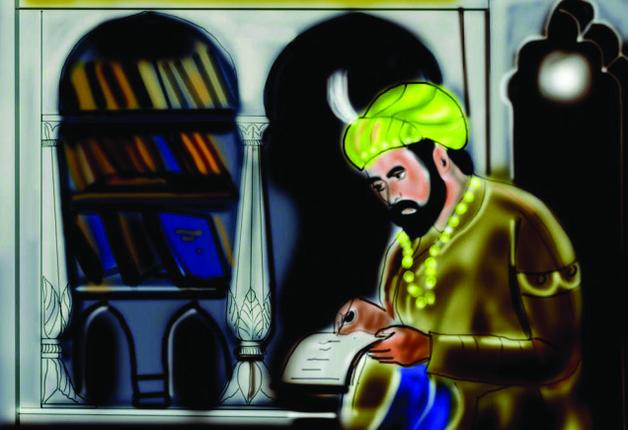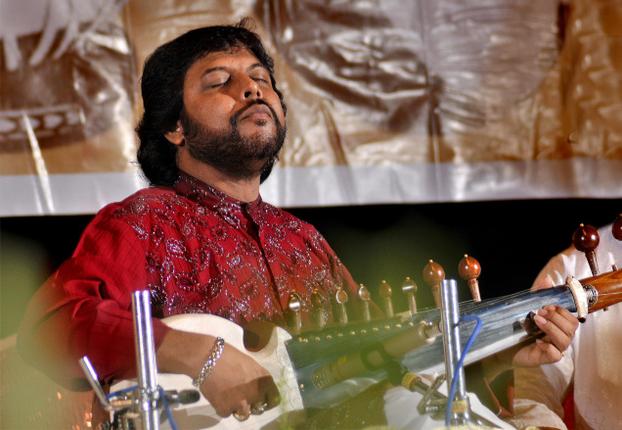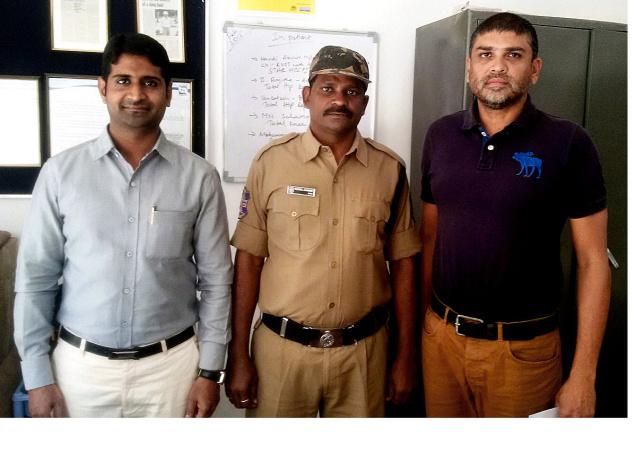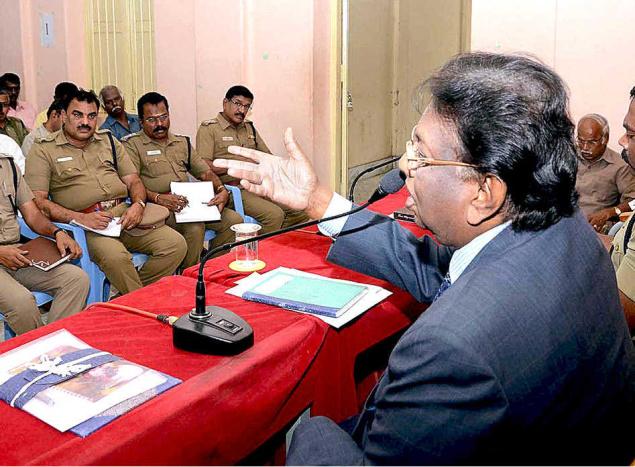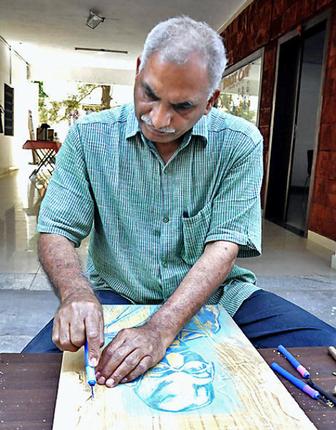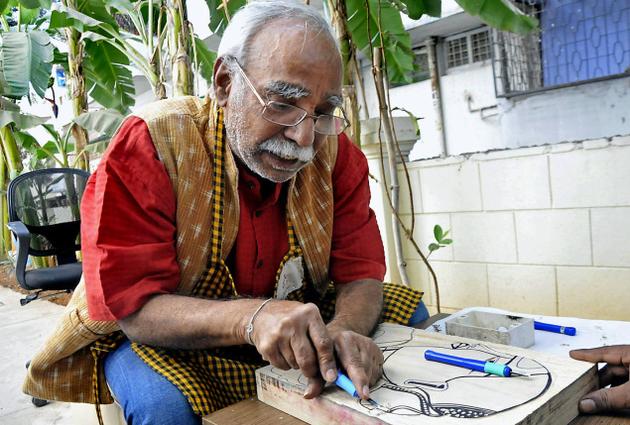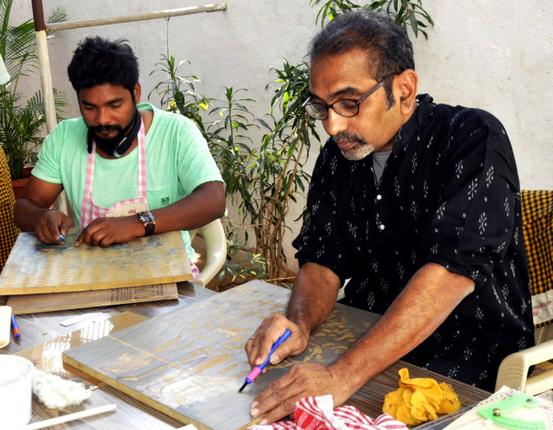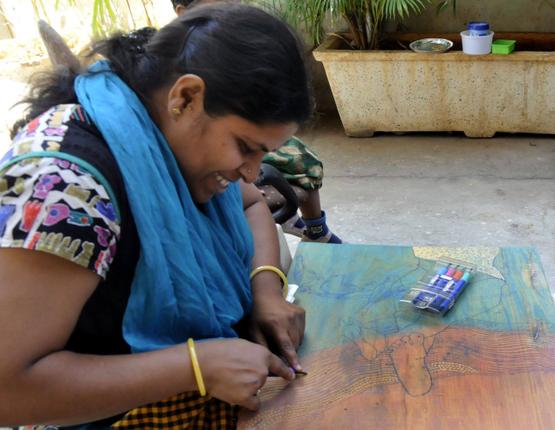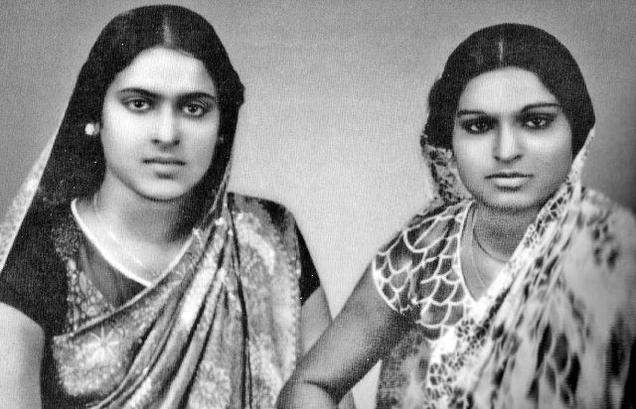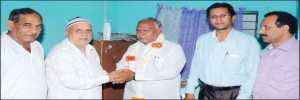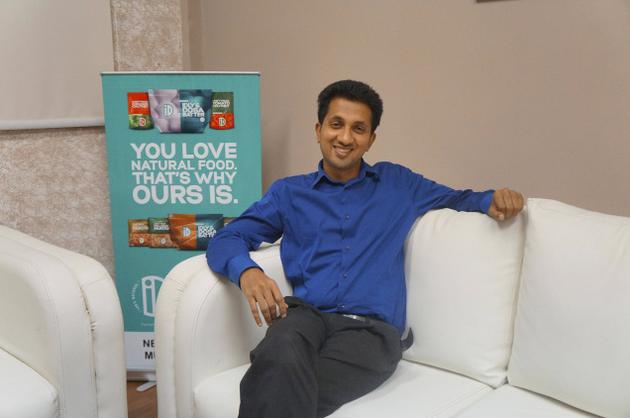
Musthafa P.C, a school dropout who went on to study at IIMB, quit his software job to start an enterprise that sold idly-dosa batter. His is a success story that has trickled down to his 600 –odd rural employees too
A young techie who could just about make himself daal, rice and papad in his bachelor days now runs a company with a 70 crore turnover that provides almost five lakh idlis a day to hungry Bengalureans. Most young working people in the city in a rush, simply fish out the now-famous “iD Fresh” readymade idly/dosa batter from their refrigerator for their quick breakfast fix.
While Bengaluru is where all this began for techie-turned-entrepreneur Musthafa P.C, his idlis and dosas find a place on the breakfast tables in households in Mysuru, Mangaluru, Hyderabad, Mumbai, Pune, Chennai, and even Dubai! And it’s not limited to idlys and dosas anymore. Their oeuvre now includes parotas, chapattis and chutneys too, all made without chemicals and preservatives, Musthafa is quick to add.
It started in a small corner of the city’s Thippasandra locality where Musthafa’s cousins ran a grocery store. “This was eight years ago, and a local supplier would sell idly/dosa batter in an unbranded plain plastic bag tied up with a rubberband, on weekends. There was a great demand, but they couldn’t keep up the quality. That’s when I felt there was a gap in the market,” says the 42-year-old Musthafa, CEO of iD Fresh Food, one of the new-age food startups in the city.
And then, one can conclude, the Malayali business instinct kicked in!
The enterprising cousins set up a 50 square foot kitchen — “our so-called factory” laughs Musthafa, and started a trial in 10 stores in and around Indiranagar. “In a year’s time we were selling 100 packets of batter a day.” During that time, Musthafa had quit his plum job to study his MBA at the Indian Institute of Management-Bangalore (IIM-B). “I did a proper survey and found that Bangalore then had a production requirement of 5,000 kg of batter a day.” The sales and the survey gave them the confidence to set up a 600 square foot kitchen in Kaggadasapura, where Musthafa pumped in six lakh from his savings. They were still using regular household grinders to make the batter. “I had a high-profile job in Dubai. I had worked with Motorola, Citibank, had lived in the U.K., and then later even worked with Intel. But I wanted to come back to India to pursue higher studies, spend time with my parents, and give something back to society,” says Musthafa of making the proverbial switch.
It is with this intent that Musthafa is very particular that they identify “smart guys from rural areas who are unemployed” and provide them opportunities in their company. Today they employ 650 such people from the eight regions they work in across India. “I come from a life of poverty in Wayanad (Kerala) where my dad was a coolie, and breakfast was a luxury. I was a school dropout after I failed my sixth standard. The teacher persuaded me to repeat the class and continue my studies.”
No one supported his decision to quit the IT industry; it was a job that had brought stability to the family, helped him build a home and marry off siblings. Even his wife’s family was upset that he was becoming a “rice merchant”.
But by 2008, his company had expanded into a proper factory in Hoskote, with the help of the Karnataka State Industrial Development Council (KSIDC). Custom-made grinders were brought in from America. “With Indian grinders, cleaning is the most difficult task. Moreover the small grinders would take an hour to grind a kilo of dal. So we had to import these large, modified grinders that self-sterilise at the touch of a button.” Musthafa swears the actual batter making process is “the same that your mom uses at home, starting with the soaking”. “We are only professional assistants to the homemaker. Our products will always be ready to cook, not ready to eat. So they don’t reach the dining table; they first go into the kitchen. If the idli is good, the homemaker gets the credit; if the idli turns out bad, iD takes the credit!” All the products, he says, are first tested on his children aged 12, nine, and five.
Business is of course growing phenomenally with venture capital (VC) firms wanting to invest in them; 60 companies evinced interest in pumping money; mostly American. Finally Helion Venture invested Rs. 35 crore in their expansion plans. “We are targeting expansion to 10 Middle-Eastern cities over the next five years. As well as expanding into north India, especially Delhi.” While initially a friend named it iD for “idly-dosa”, Musthafa says it now stands for their “identity”.
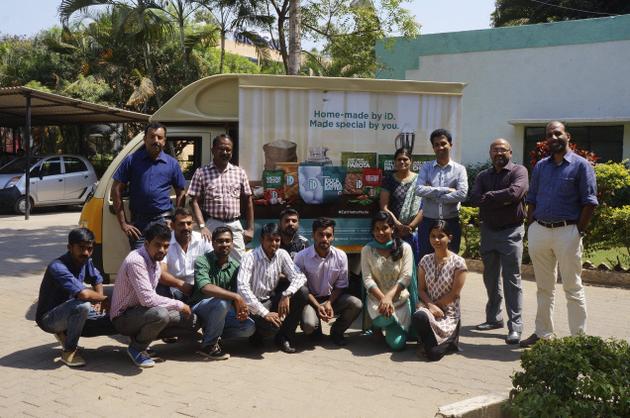
Musthafa makes it a point to stress on the fact that it has been team work all along the way; first his cousins came on board, then his engineering classmates and then family friends, to start the operation in various cities. “We don’t work on an employment basis; there is no fixed pay. Every employee is a micro-entrepreneur. For example, each area sales team is given a vehicle and “they have to maintain their own profit and loss account,” explains Musthafa. Whitefield, Jayanagar, Indiranagar and Koramangala is where they do their best business, he says. They have a SAP-based backend platform so that they have a zero inventory model – 90 per cent of the products are sold on the same day; a mobile app keeps track of sales patterns in each store.
Musthafa’s personal favourite from his company is the wheat parota. “We eat our idli and dosa once a week at home, then three days of wheat parota,” he breaks into a boyish grin.
source: http://www.thehindu.com / The Hindu / Home> Features> MetroPlus / by Bhumika .K / February 26th, 2015
